
North America

Europe

Latin America

Asia Pacific

Africa

Middle East

North America

Europe

Latin America

Asia Pacific

Africa

Middle East
Please complete the form below to receive your free PDF!

Please complete the form below to receive your free PDF!
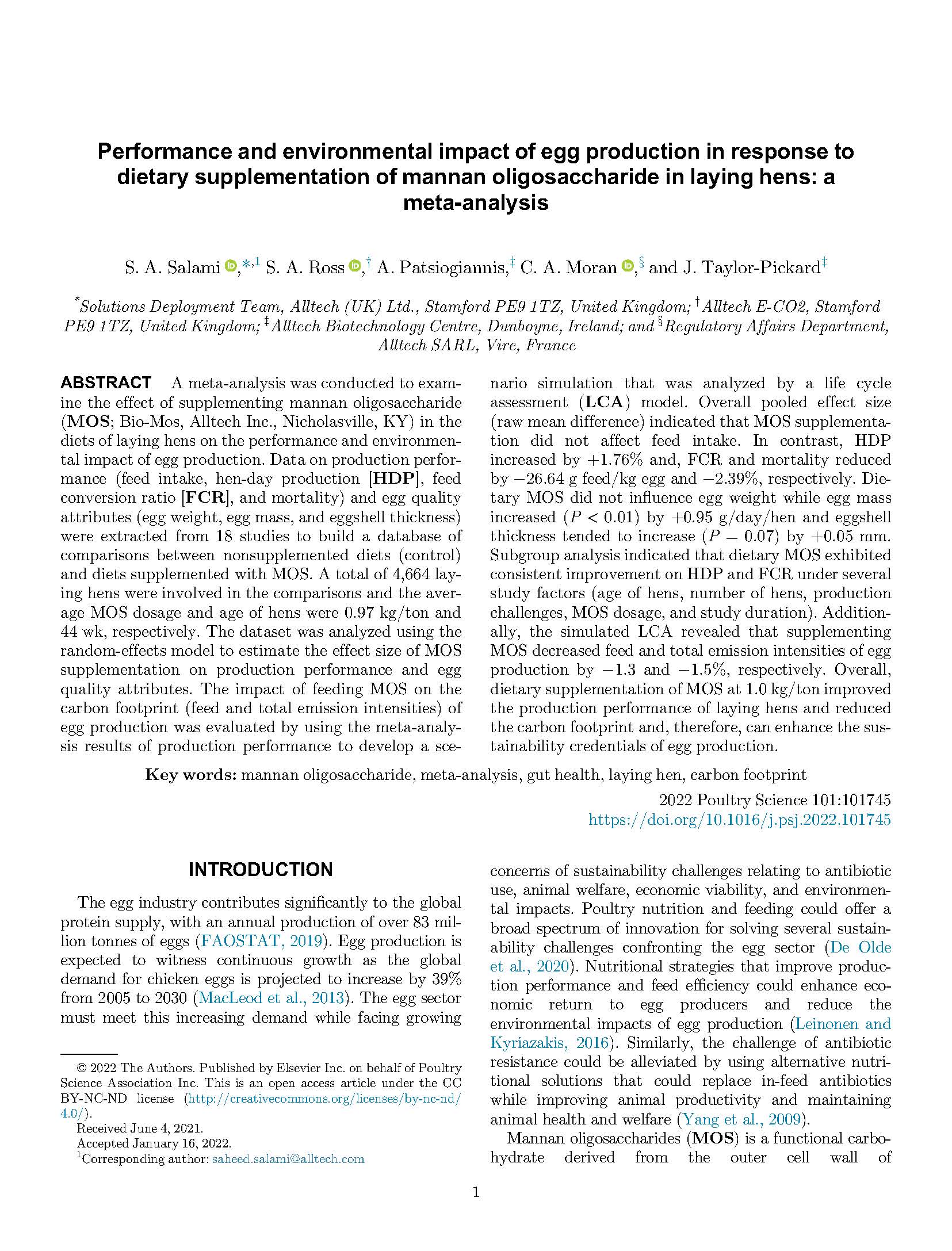
Increasing global demand for eggs is creating the need for improved persistency in laying and stability in egg quality. In turn, the laying cycle of commercial flocks can be extended to 90–100 weeks.
Egg production is consumer led. With estimations that the global population will reach 10 billion by 2050, there is increased pressure on producers to increase the quality and quantity of protein. Since 1990, the global egg production volume has increased by over 100%. Additionally, consumers are also looking for a larger table egg. These changing requirements put pressure on farmers and integrators to meet demand. Consequently, metabolic pressure on the birds to fulfill needs, putting a strain on laying persistence, eggshell quality and gut health.
.jpg)
The layer sector is moving towards longer laying cycles with birds set to be laying up to 500 eggs in a laying cycle of 100 weeks. This extended laying cycle in poultry – from 75 weeks to 100 week – now means that the birds outlive their vaccination programs.
Aging birds may face increased disease risks with longer periods of no vaccination. At the same time, there is pressure on poultry producers to reduce the use of antibiotics. The reduction in antimicrobial use means there would be vaccinations during the rearing period, but this would place tremendous pressure on the immune system.
The development of a rich and diverse microbiota has to be in balance with an efficient defense of the gut mucosa. A holistic approach to the choice of in-feed eubiotic additives and feed composition will positively influence the intestinal microbial community to improve the bird’s immune system.
Pullets undergo fast physical development before the laying period (0–16 weeks). There are four stages of this development:

Meanwhile, the interactions between the gut and commensal microbes have proved to play crucial roles in preventing pathogen colonization, enhancing hosts' metabolism of nutrients, improving the digestion of indigestible polysaccharides and promoting the development of gastrointestinal mucosal immune system, which indicates that the alteration of the intestinal microbiota could be involved in the regulation of organ development at different periods.
It is important that pullets receive an appropriate diet throughout the rearing phase to establish a healthy gut from the beginning so that they have the correct body composition to sustain egg production beyond 90 weeks.

Please complete the form below to receive your free PDF!
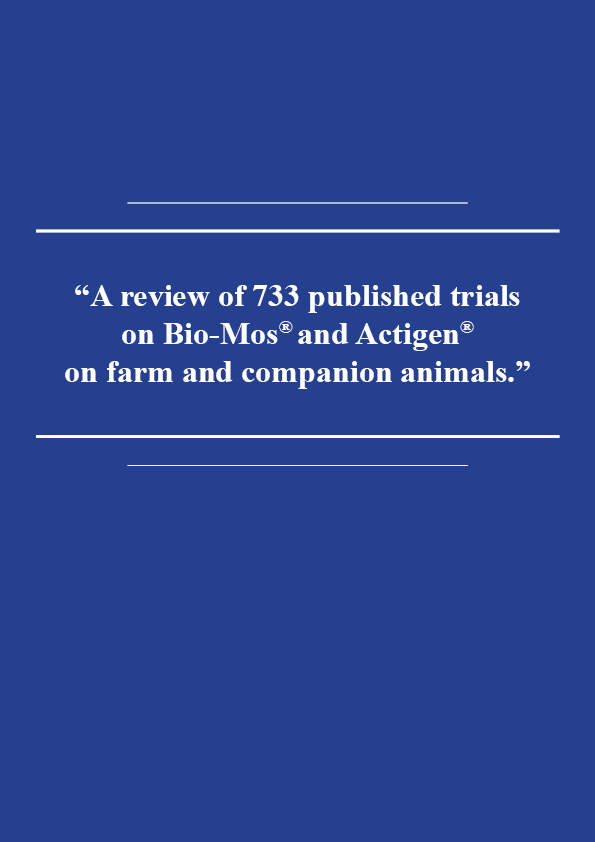
Please complete the form below to receive your free PDF!
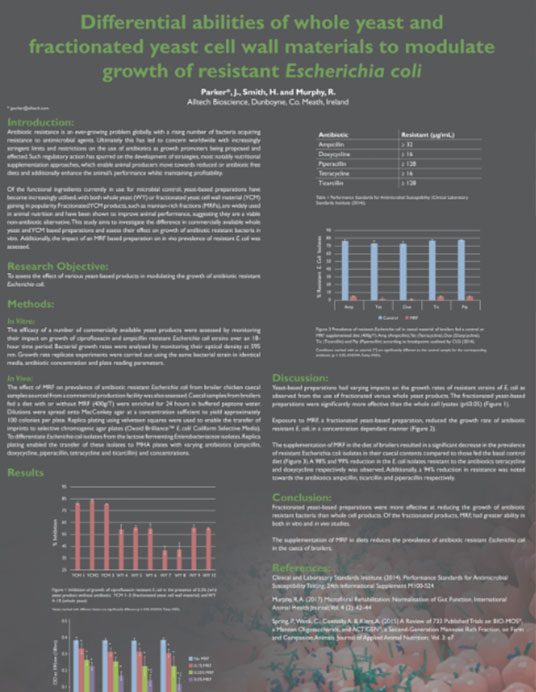
Please complete the form below to receive your free PDF!
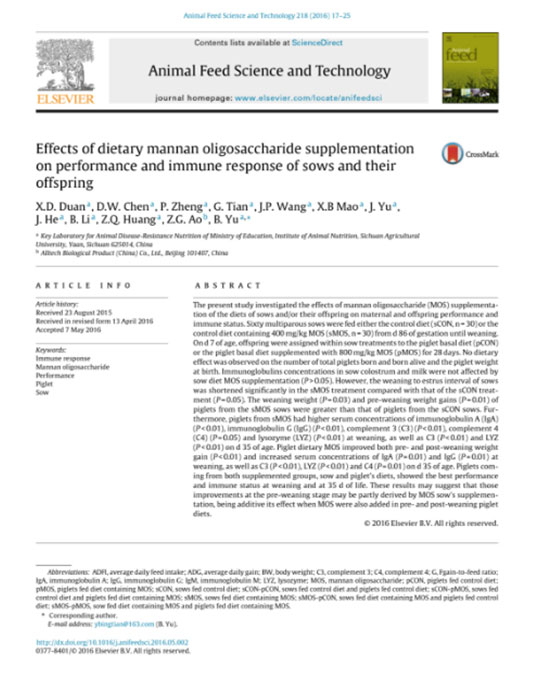
Please complete the form below to receive your free PDF!
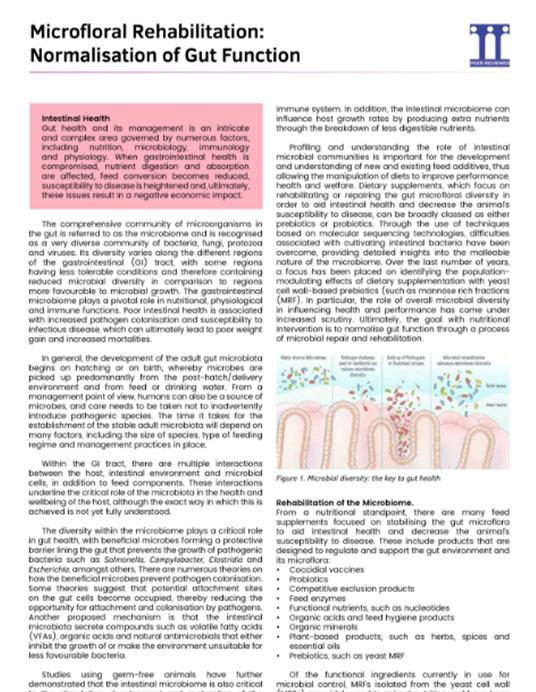
Please complete the form below to receive your free PDF!
